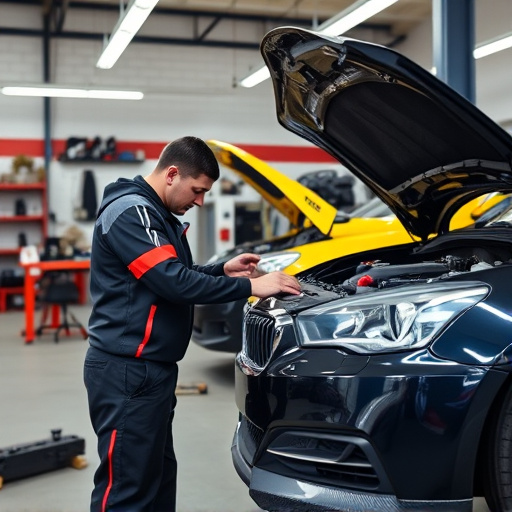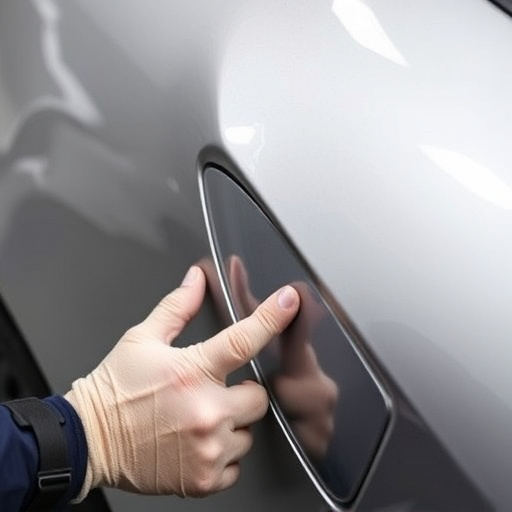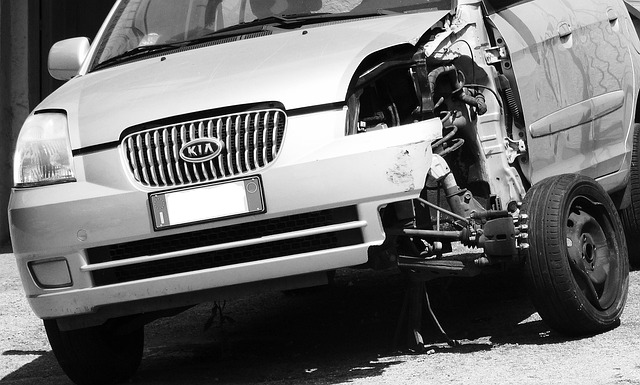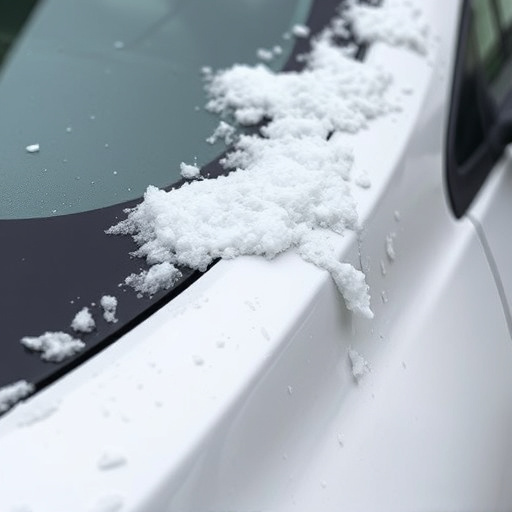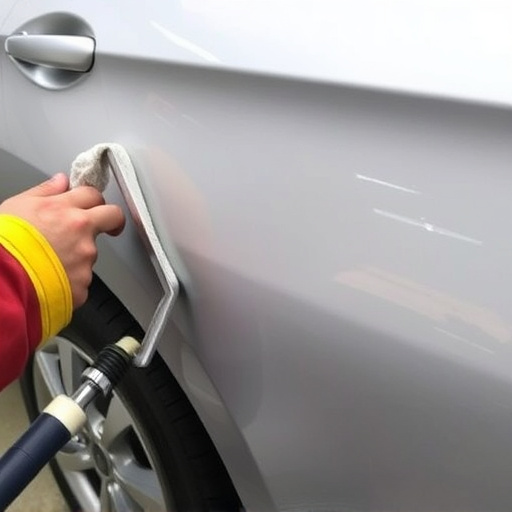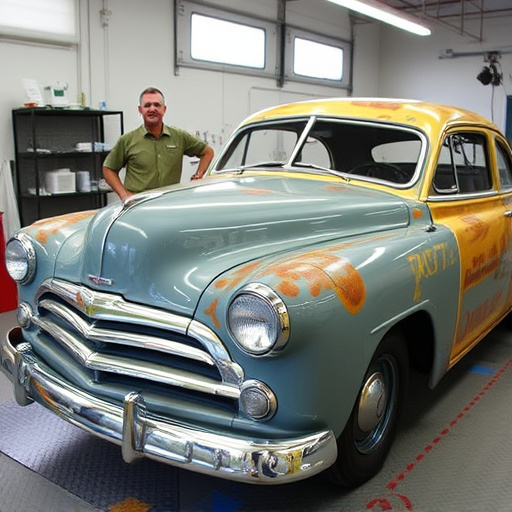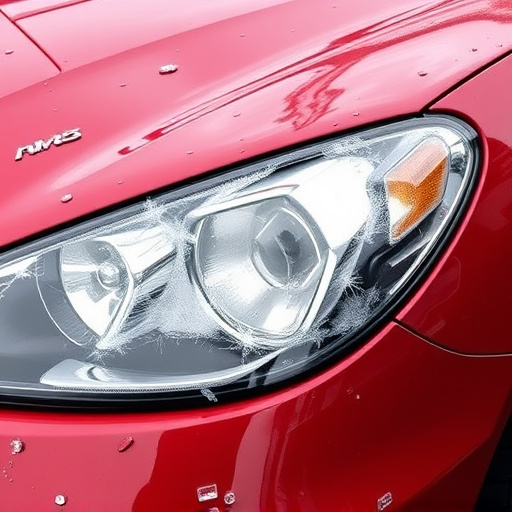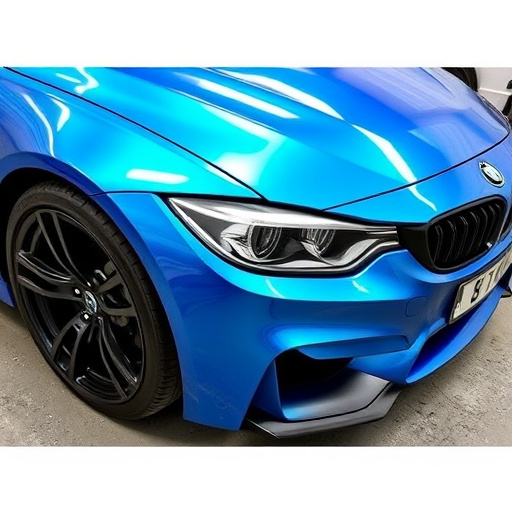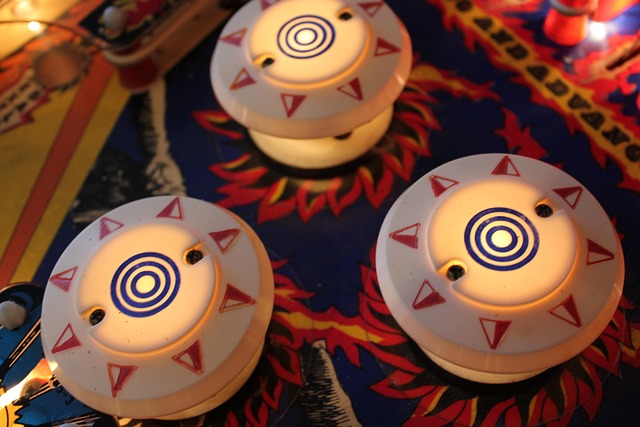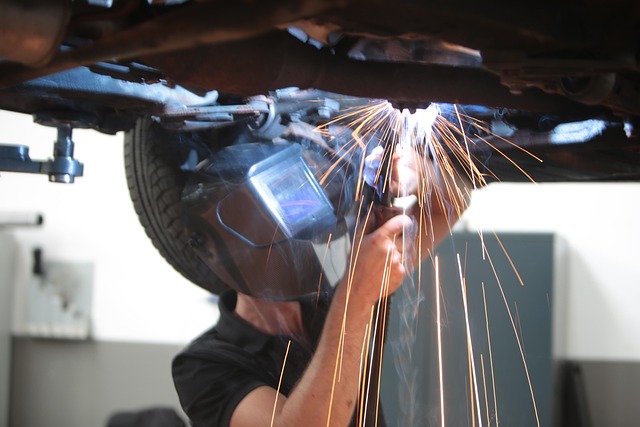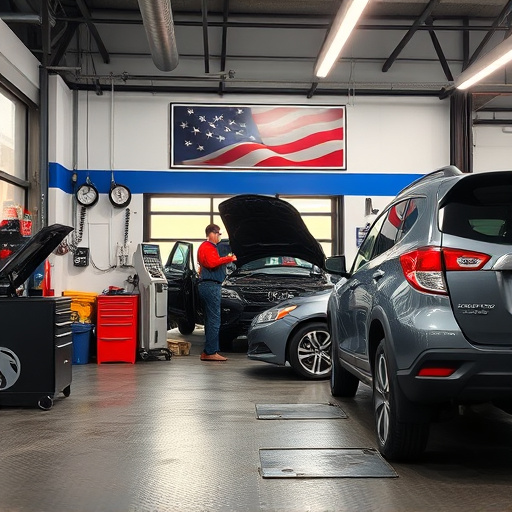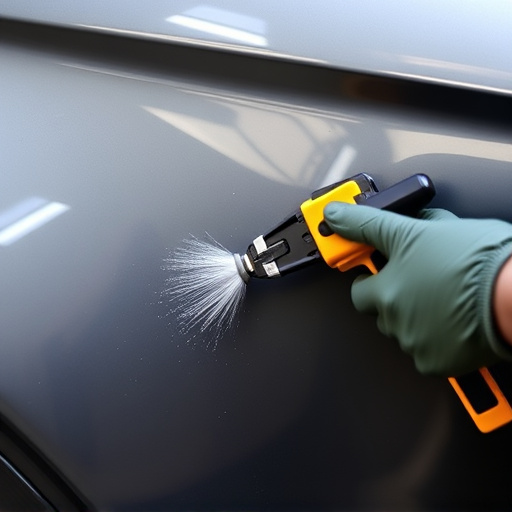Evaluating auto paint repair quality involves understanding industry standards set by organizations like the Car Care Council and automotive trade associations. This ensures visual appeal and durability, protecting structural integrity. The process includes meticulous steps like sandboarding, priming, and final coating, with technicians matching original factory paint or blending new colors. Visual inspection, using magnifying tools, moisture meters, and UV light, along with specialized equipment for significant damage, determines the quality of auto paint repair services.
Evaluating the quality of an auto paint repair job is crucial for ensuring a professional finish and longevity. This comprehensive guide delves into the key aspects, from understanding industry standards to meticulous visual inspections. Learn the art of observing subtle nuances and identifying potential flaws. Discover effective testing techniques that ensure optimal results. By mastering these steps, you’ll be equipped to assess and appreciate top-tier auto paint repair work.
- Understanding Auto Paint Repair Standards
- Visual Inspection: The Art of Observation
- Testing Techniques for Optimal Results
Understanding Auto Paint Repair Standards

When evaluating the quality of an auto paint repair job, understanding industry standards is paramount. These standards ensure that repairs are not just visually appealing but also durable and protective for your vehicle. Organizations like the Car Care Council and various automotive trade associations worldwide establish guidelines for everything from surface preparation to color matching. Adherence to these standards guarantees that auto body shops provide top-notch services, ensuring your car looks as good as new while safeguarding its structural integrity.
Auto paint repair involves a meticulous process, including sandboarding, priming, and final coating. Skilled technicians must carefully match the original factory paint or choose colors that blend seamlessly with the vehicle’s existing finish. Proper surface preparation is crucial to achieving a smooth, long-lasting finish. By comparing the work against these established standards, you can assess the quality of auto body services, ensuring your repair meets or exceeds industry benchmarks for both functionality and aesthetics in vehicle paint repair.
Visual Inspection: The Art of Observation

A skilled auto paint repair technician’s work is often a masterpiece unseen by the naked eye. Visual inspection is the first step in evaluating any auto paint repair job, requiring a keen observer’s eye for detail. During this phase, thoroughly examine the vehicle from all angles, focusing on the painted surfaces. Look for signs of uneven or inconsistent painting, overspray, smudges, or texture differences that could indicate subpar work.
Pay special attention to areas surrounding panel gaps and edges, where paint application can be more challenging. Collision damage repair often leaves telltale marks if not executed with precision. A truly exceptional auto paint repair job will seamlessly blend new paint with the existing finish, creating an indistinguishable tapestry of color and texture across the vehicle’s exterior—a testament to the technician’s artistry and skill in automotive repair services.
Testing Techniques for Optimal Results

When evaluating the quality of an auto paint repair job, testing techniques play a pivotal role. The most effective methods involve a combination of visual inspection and advanced technology to ensure precise and seamless results. Start by examining the surface for any visible defects like uneven paint texture, color inconsistencies, or remaining scratches. Use a 10x magnifying glass if available to catch subtle imperfections that might be missed by the naked eye.
For more comprehensive analysis, employ tools such as moisture meters to detect underlying moisture issues and UV light to uncover potential paint repairs that haven’t cured properly. In cases of significant car damage repair, like bumper repair, or scratch repair, specialized equipment like sanders and polishers can refine the surface, achieving a smooth finish comparable to the original auto paint. These techniques, when applied correctly, ensure optimal results in auto paint repair, enhancing both aesthetics and long-term durability.
Evaluating the quality of an auto paint repair job requires a multifaceted approach. By understanding industry standards, conducting meticulous visual inspections, and employing testing techniques, you can ensure that the repair not only matches the original finish but also meets the highest quality benchmarks. Investing time in these steps will guarantee a durable, visually appealing, and professional-grade auto paint repair that enhances your vehicle’s overall aesthetics.
